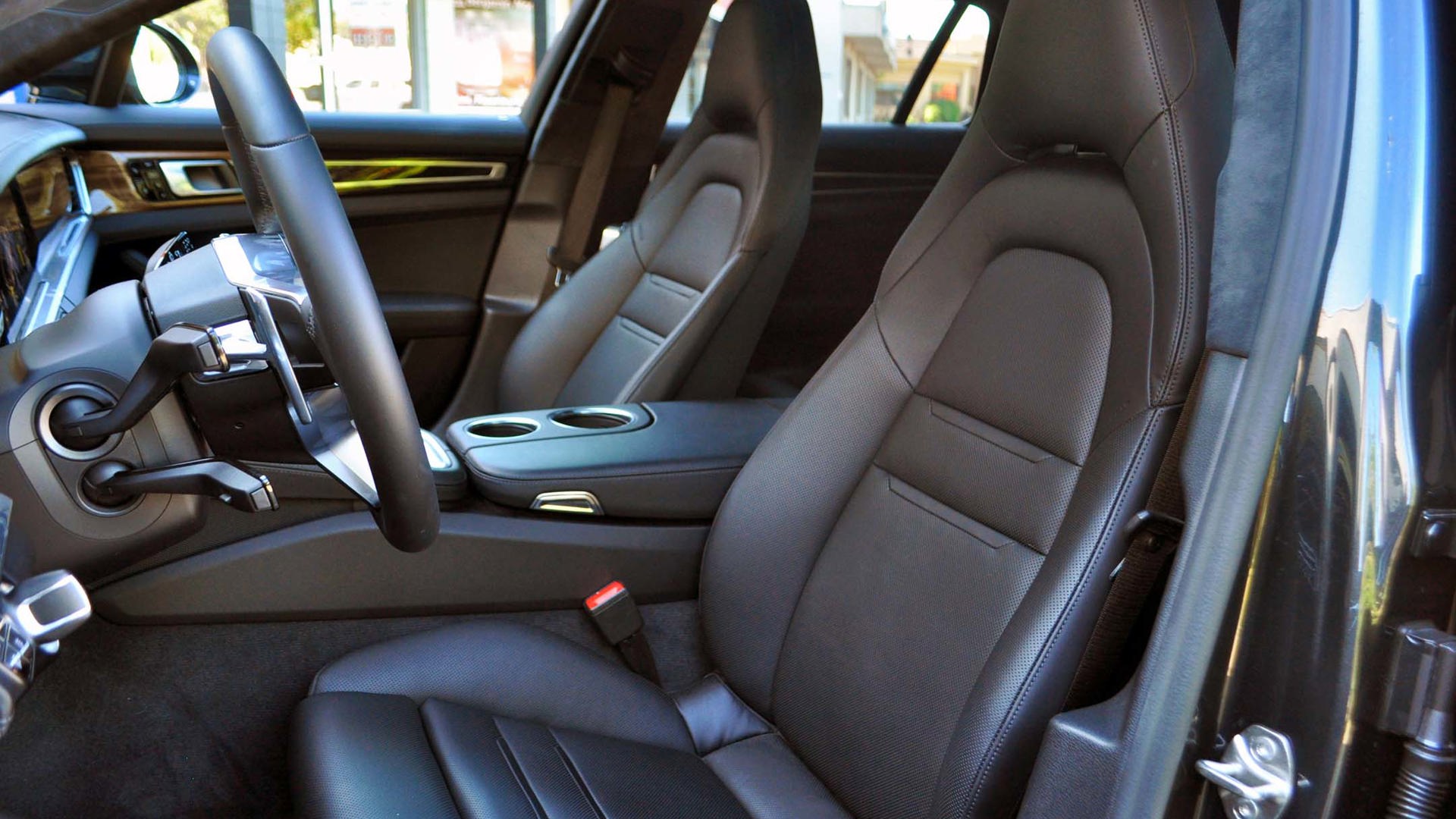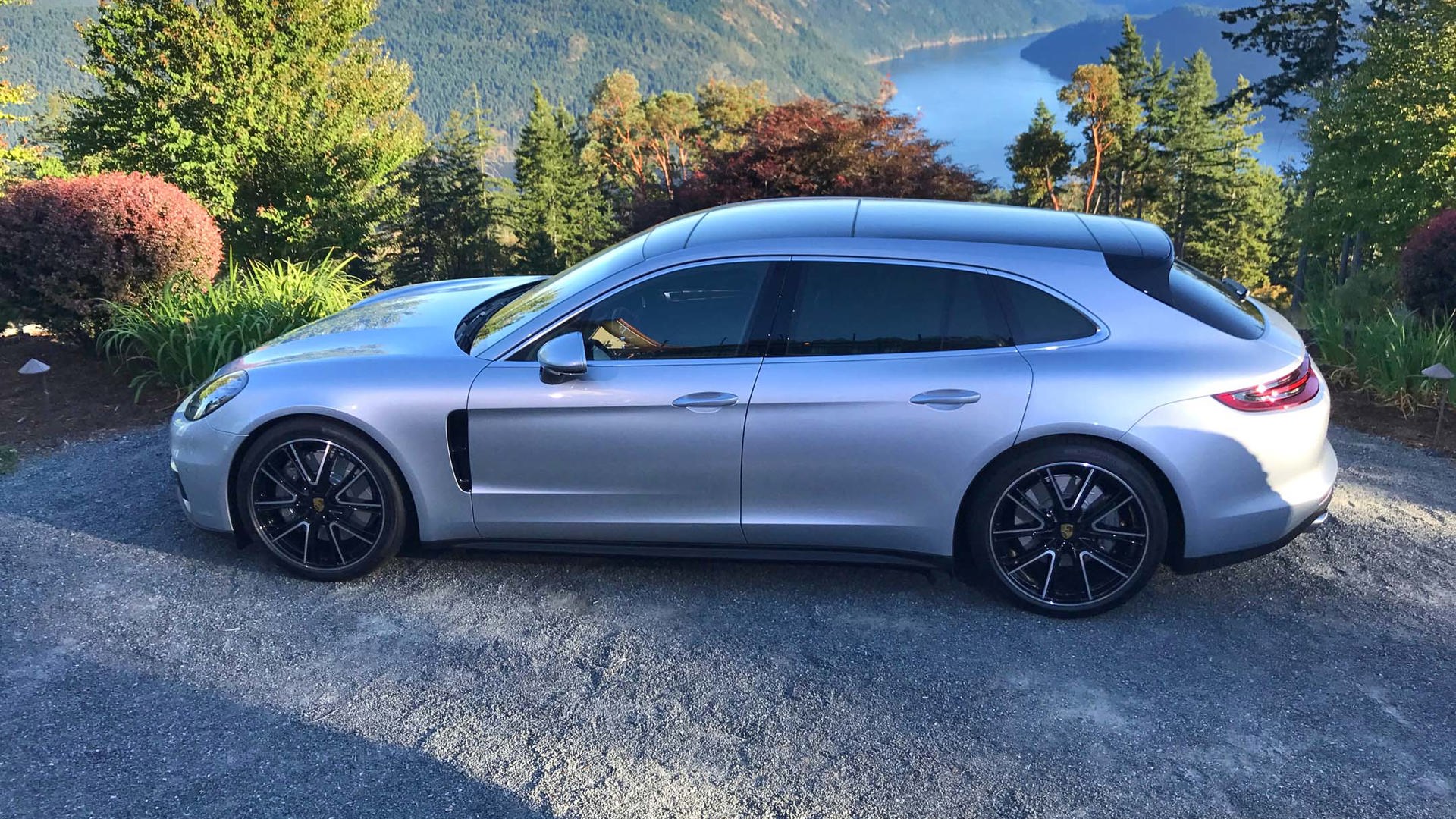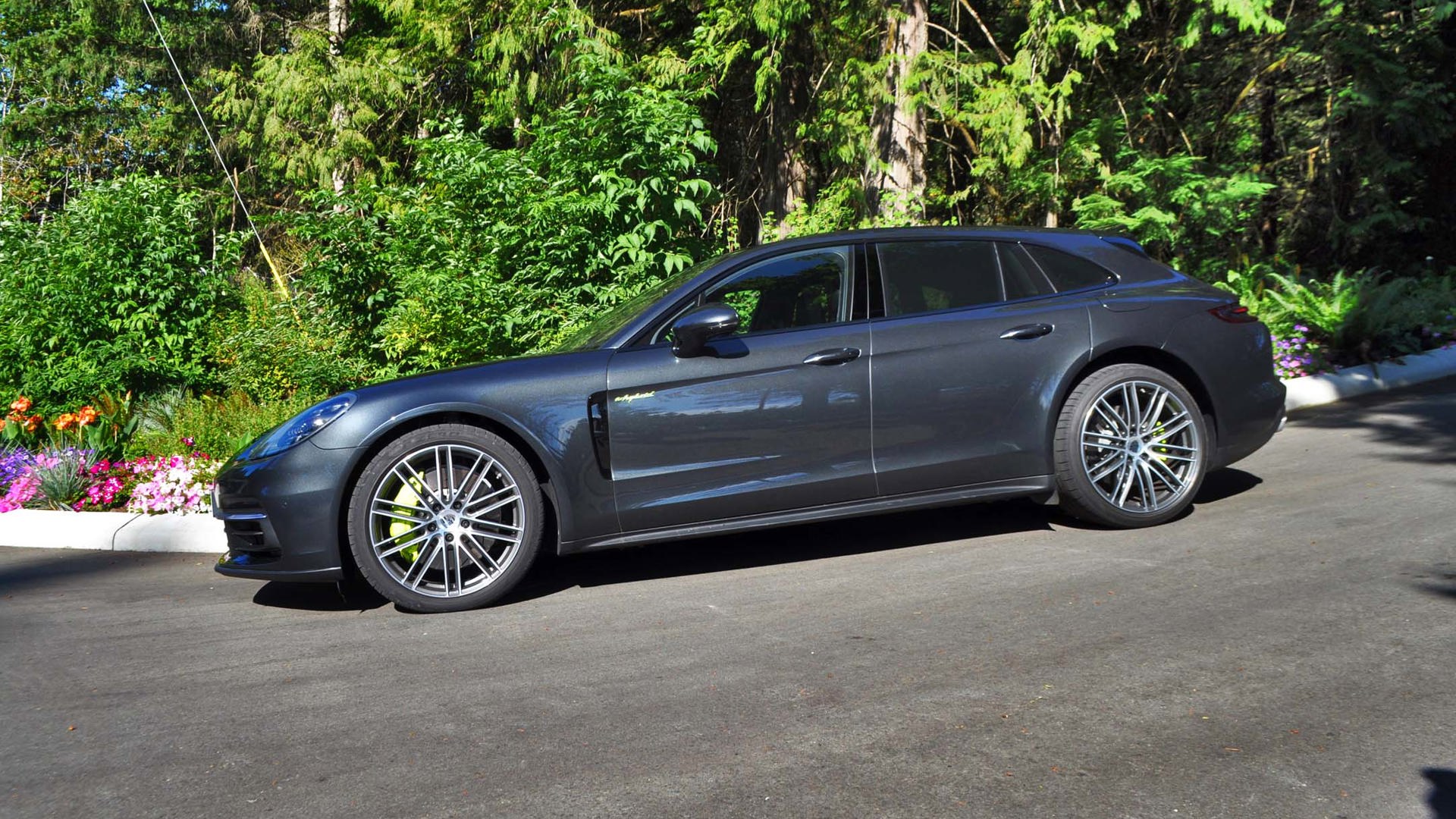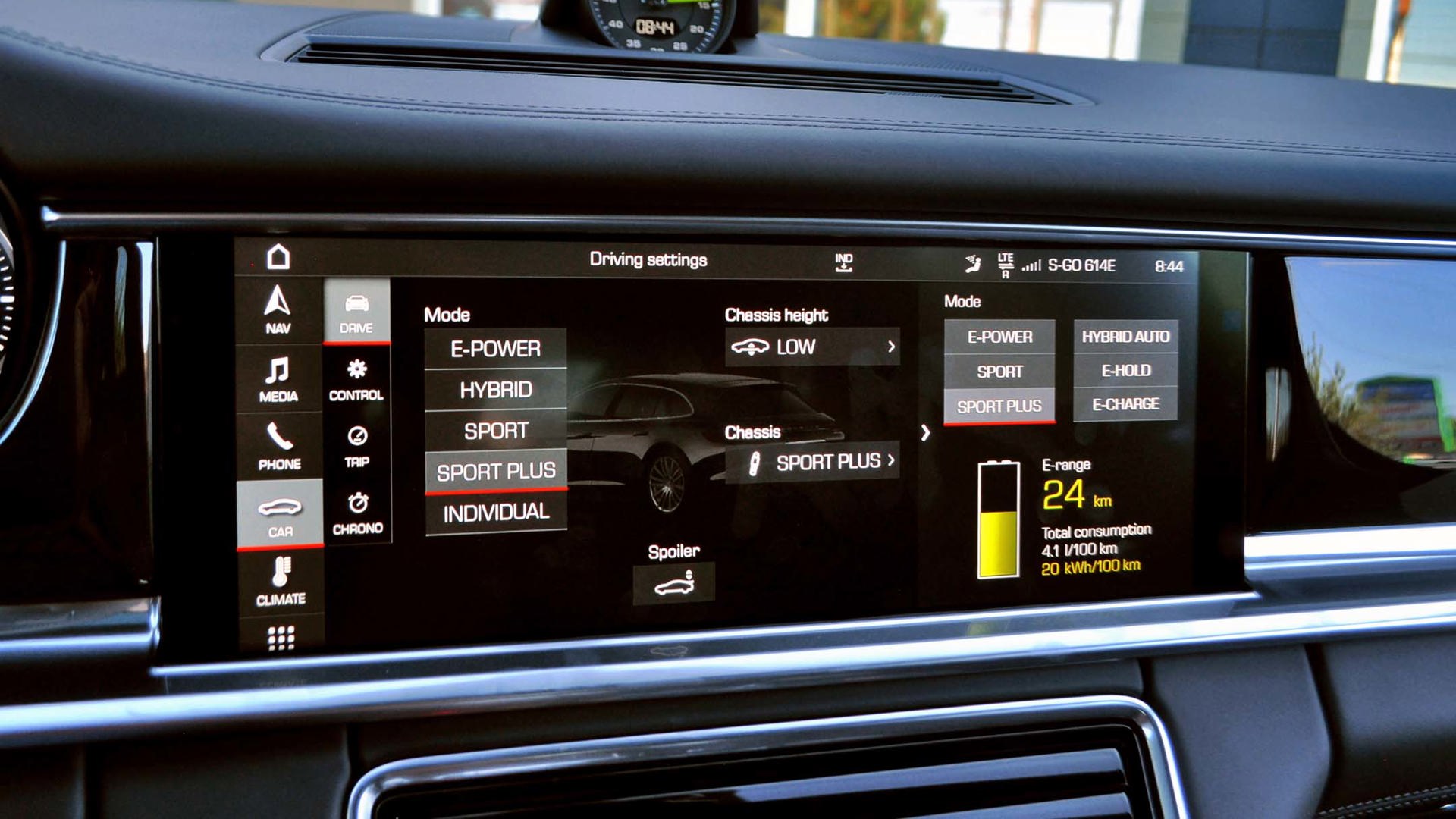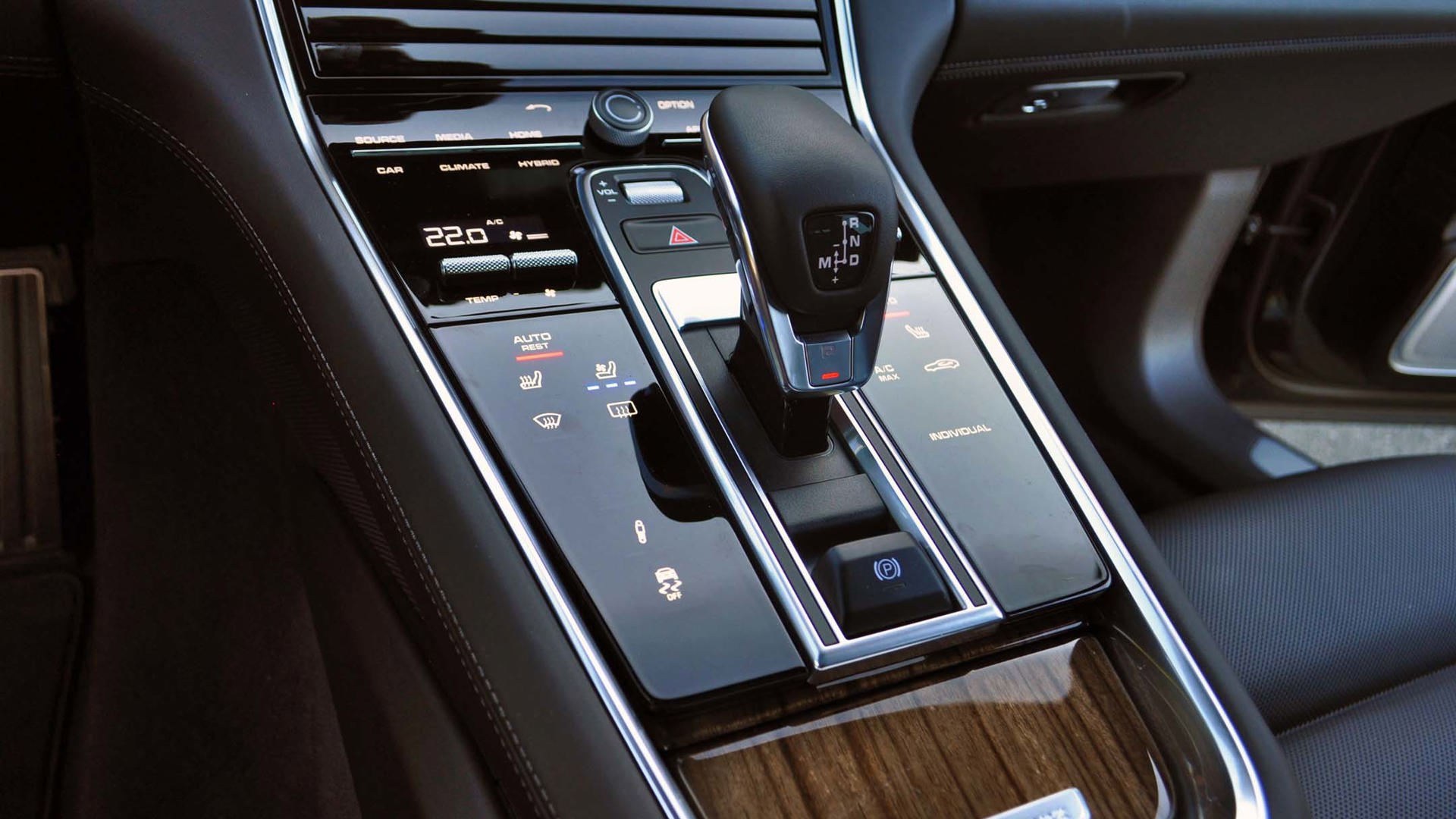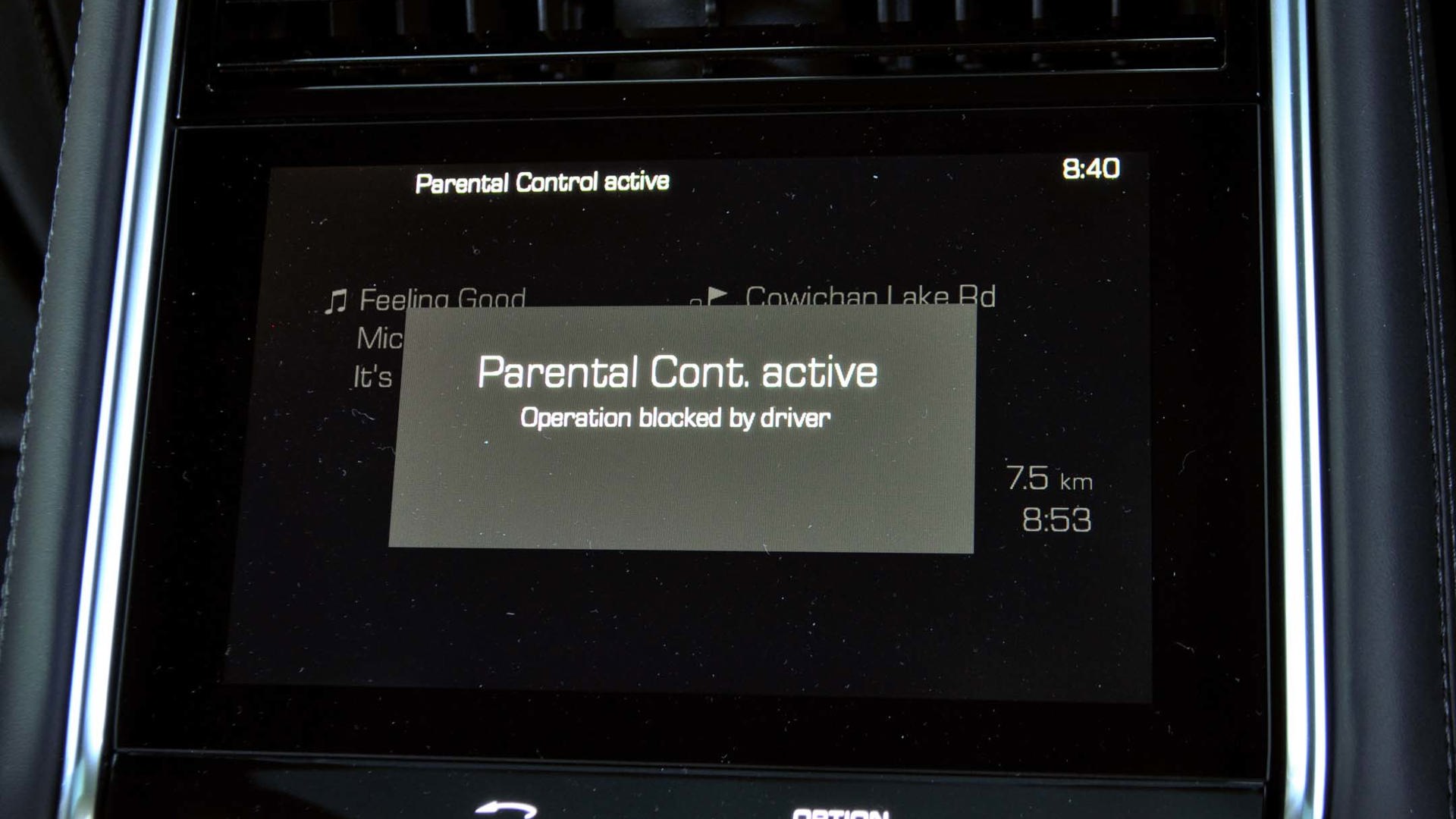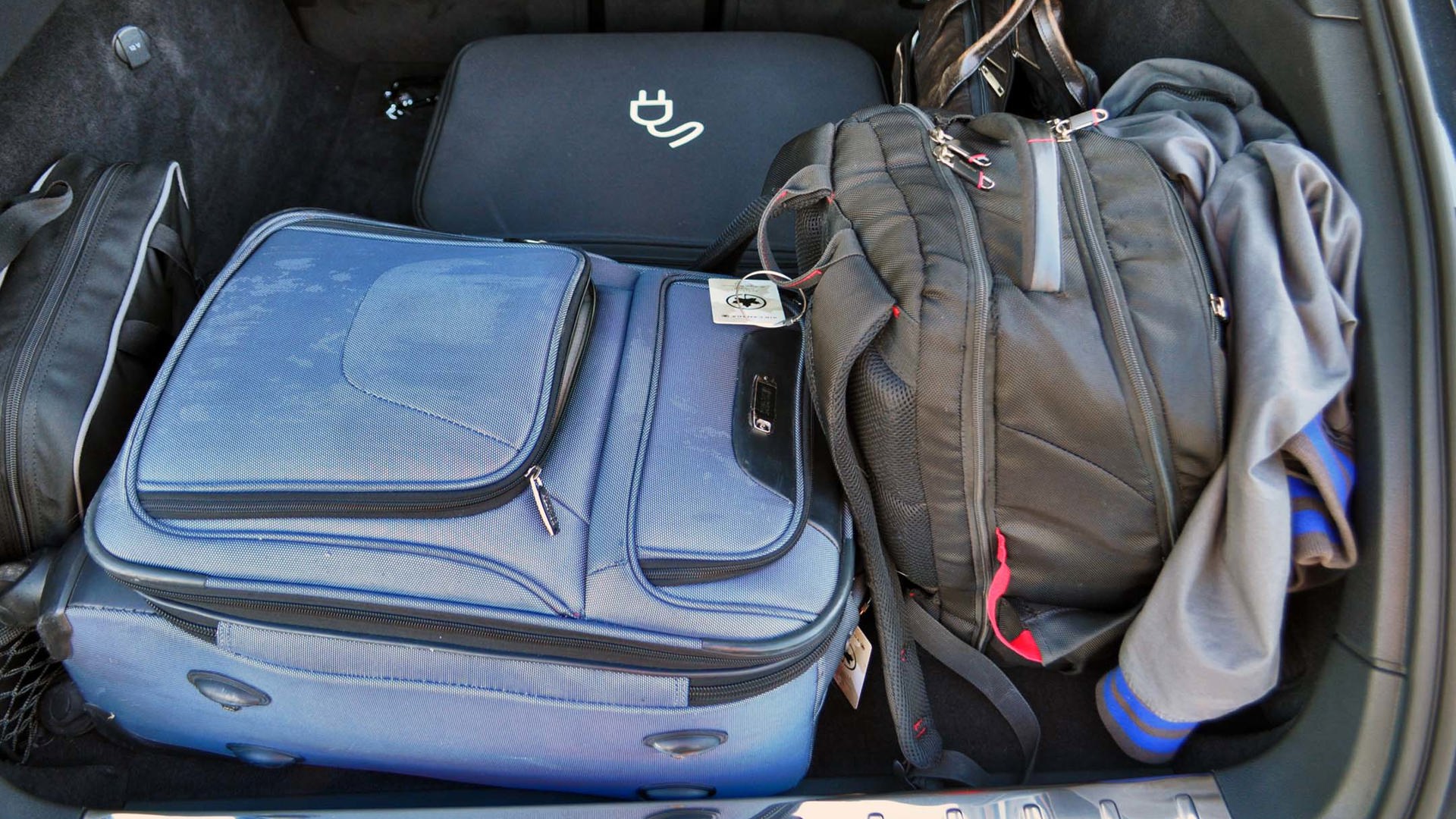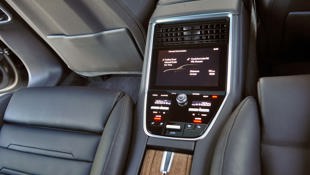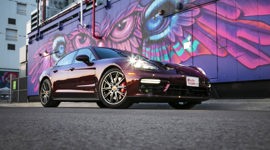MALAHAT, BC – Like a scrumptious European delicacy that seems to be taking forever to make it to North America, hot luxury wagons are an actual segment in Europe. In North America, despite a plethora of fiery performance five-door hatchbacks, the list of hot high-end sedans that come in longer wagon versions is not anywhere close to being long enough for a list.
Yes, all Porsche wagons feature launch control as standard.
Into this tiny sliver of a market in North America, which consists now of the Mercedes-Benz E63 S wagon and pretty much nothing else, Porsche arrives with the 2018 Panamera Sport Turismo, a longer and taller version of its full-size Panamera four-door. And erupts this tiny but delicious market with a healthy boom of performance wagon flavours, with four varieties of the all-wheel drive Sport Turismo family haulers set to start arriving by the end of 2017.
We had the chance to sample the new Sport Turismo along some impressively twisty and sweeping back roads of Vancouver Island, starting just outside of Victoria, with gorgeous water views greeting and teasing us with its siren call, fighting our tight driving schedules with watery beckoning to stop (once more) for photos.
Porsche will offer the Panamera Sport Turismo only in all-wheel drive, which already makes up a majority of Panamera sales, and at varying power levels that largely follows that of the regular four-door: Panamera 4 (330 hp), Panamera 4S (440 hp), Panamera 4 E-Hybrid (462 hp), and the most powerful Sport Turismo at launch, the Turbo, with 550 hp.
Two of these four launch flavours were available to us on Vancouver Island, and we hopped into first the all-new plug-in Panamera 4 E-Hybrid Sport Turismo. It starts at a considerable $118,600, which is roughly $5,000 more than the equivalent 4 E-Hybrid sedan. At least, we’ll call the regular Panamera a sedan to better distinguish it here, though it really is a hatchback, one whose long but sporting silhouette – and tighter rear seat accommodations – says more four-door coupe than anything else.
The Sport Turismo addresses this tighter back seat and the Panamera’s practicality compromises head on. Based on a design study first shown at the 2012 Paris auto show, every ST is taller and longer than the sedan, with a 4+1 seating system that for the first time in any Panamera allows for three seatbelts in the rear. Sure, the bolstered two outside perches mean that tiny middle seat isn’t going to be super comfortable for anyone on long drives, but it finally offers some welcome extra safety and flexibility for a child seat in the middle, as well as more carpooling options.
One can still opt for the more common pair of rear captain’s chairs with electric seat adjustments and full rear climate controls – all the Sport Turismos at the event came so equipped. There’s also a full screen to see the navi map or control the audio system, though we did discover a wise “Parental Controls” function that locked out rear seat riders from changing or blasting the audio from the rear for fun.
If you do opt for the two full rear seats and big console, be prepared for some surprised “That wagon only holds four?” looks or comments from minivan- and SUV-driving carpool ninjas.
Then again, those minivan or SUV drivers are not driving a sexy Porsche performance wagon, which all in attendance generally agreed was the best-looking Panamera to date. The “W” word was a term banished from Porsche folks’ vocabulary, though Canadian buyers have traditionally been well-attuned to the appeal of wagons and hatchbacks, which offer much of the cargo flexibility of SUVs combined with a lower centre of gravity and therefore better handling of a car.
Porsche decided to forego some practicality by adopting an extreme rear window angle for the Sport Turismo, which cuts directly into its cargo room. There’s a healthy 520 litres worth of room back there, but only 20 extra litres compared to the sedan when you can still see out the back. Those rear seats fold down in a handy 40/20/40-split folding setup, so you can still have two rear passengers as well as a pass-through for skis, hockey sticks or other manner of long object. With all the seats down and the Sport Turismo loaded to the roof, it offers a total of 1,390 litres worth of space, for an extra 50 litres of cargo room over the sedan.
For the plug-in E-Hybrid version of the Sport Turismo, the strangely large and bulky charge-cord holder knocks down that cargo space considerably. It’s removable, thankfully, but cuts the official cargo room figures above down by a hefty 95 litres in both cases. It looks like a thin suitcase plopped in the middle of the cargo area, and though we managed to pack our travel gear around it, the setup seemed not nearly as well integrated as it could and perhaps should be.
Driving the E-Hybrid version of the Sport Turismo provided some clear benefits to counter its cargo compromises, however. We hopped aboard with 40 km worth of silent all-electric range available first thing in the morning on a nearly full 14.1 kWh battery, according to the car’s range and fuel-efficiency display, with Porsche promising 50 km worth of range on a full charge. Though this figure is based on traditionally optimistic NEDC Euro ratings, we actually covered slightly more than 42 km with a couple kilometres of charge left.
From behind the wheel, the car feels like a super-quiet all-electric car until you mash the throttle, at which point the 2.9-litre twin-turbo V6 wakes up to help quickly deliver all 462 hp and a huge 516 lb-ft of torque. Sailing along at 130 km/h seemed eerily foreign especially, but amazingly futuristic at the same time. So just like in the 918 Spyder supercar that inspired this powertrain, this car’s EV mode goes from helping you sail along on electricity only at city or low throttle speeds, providing amazingly low gas consumption when driven reasonably (we saw 4.2 L/100 km overall in our drive); and then when switched to Sport or Sport+ mode, the electric motor triggers at the top end to provide a boost and higher maximum track speed.
Official NEDC figures suggest an overall average of 2.5 L/100 km for the E-Hybrid, making it the second-most-powerful Sport Turismo, but by far the most fuel-efficient as well. Talk about having your cake and eating it too.
This is the future of performance as Porsche sees it. Though the wagon won’t see the monster 680 hp plug-in hybrid powertrain that is coming to the Panamera sedan for 2018, it “obviously fits,” said Porsche officials coyly.
For now, the fastest and boomiest Panamera wagon is the Turbo model, which we sampled soon after the E-Hybrid. It brought louder and more immediate throttle response to the party, courtesy of its 550 hp twin turbo 4.0L V8, and 567 lb-ft of torque that spits out the E-Hybrid’s occasionally lumpy transition from e-to-gas power like a mouthful of bad chewing tobacco, replacing it with raw acceleration and more traditional V8-like raucous and linear throttle response.
Clearly, Porsche has more familiarity with the latter Turbo overall experience, but good on them for upping their game with the former, which offers a much more efficient and advanced system than the one in the current Cayenne E-Hybrid.
Official mileage numbers for the ST Turbo haven’t been announced yet, but most enthusiast owners will happily live with a fuel consumption average close to the Panamera Turbo sedan’s 11.2 L/100 km EPA figures.
It’s the relatively large $50,000-plus premium that the Turbo ($175,600) commands over the E-Hybrid Sport Turismo ($124,500) in Canada that will likely cause more potential owners pause. The E-Hybrid offers a quieter cruising experience both in town and on the highway, while the Turbo feels like an old-world muscle car next to it.
Both Sport Turismo versions will only be available with Porsche’s new eight-speed PDK automatic, complete with shift paddles that quickly brings the engine onto whatever state of boil one desires.
For comparison purposes, the E-Hybrid’s 0–96 km/h acceleration run of 4.4 seconds makes it the fastest hybrid four-door in the world, says Porsche, though well behind the Sport Turismo Turbo’s 3.4 second run, using launch control on both.
Yes, all Porsche wagons feature launch control as standard.
In the end, the Panamera Sport Turismo offers a better looking and more practical body than the Panamera sedan for relatively little in the way of cost, at least in this snack bracket. Plus it’s one of the few lust-worthy performance wagons on the market. Yes, the Cayenne still offers similar or more space and practicality for considerably less money, so no doubt it will continue to outsell the Panamera by a fair margin.
But for well-heeled wagon lovers with families, the Panamera Sport Turismo is a worthy addition to the sadly short menu of available luxury performance wagons.



